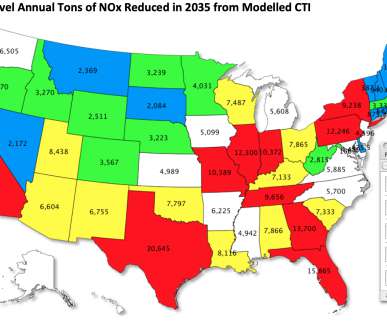EPA launches Cleaner Trucks Initiative to update NOx standards for heavy-duty trucks
Green Car Congress
NOVEMBER 14, 2018
The US Environmental Protection Agency (EPA) has launched the Cleaner Trucks Initiative (CTI) to further decrease NO x emissions from on-highway heavy-duty trucks and engines. The US has made major reductions in NO x emissions, but it’s been nearly 20 years since EPA updated these standards.























Let's personalize your content